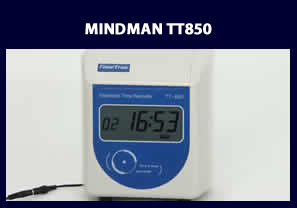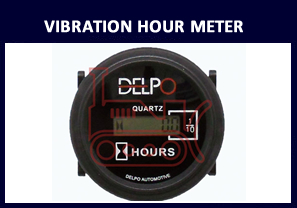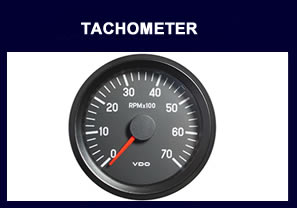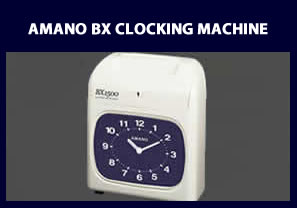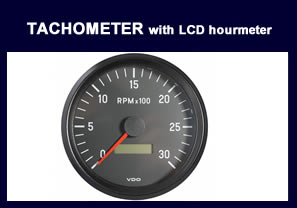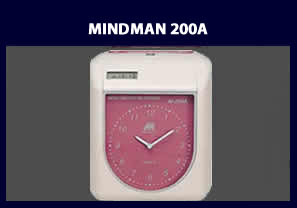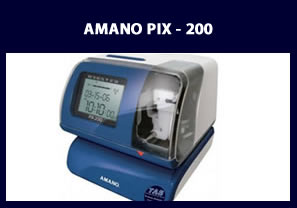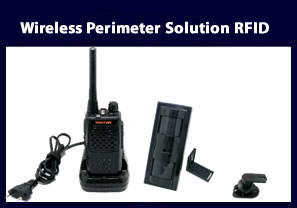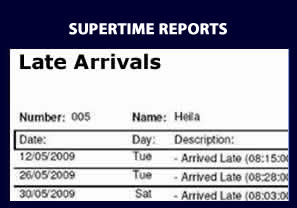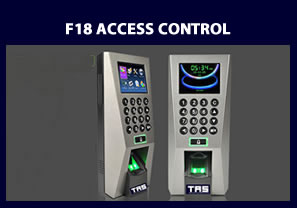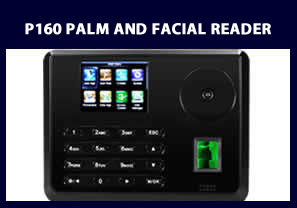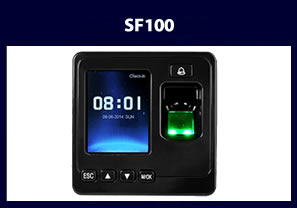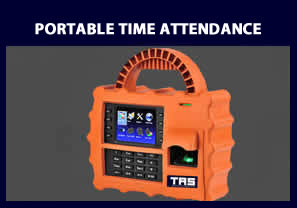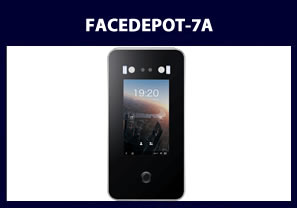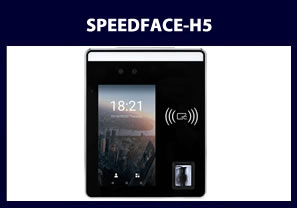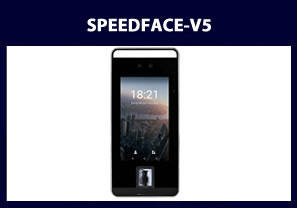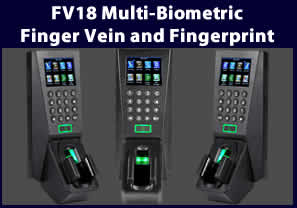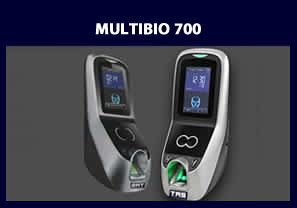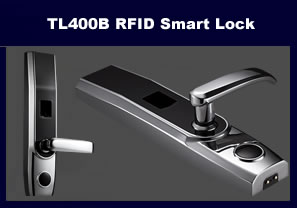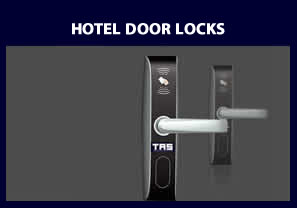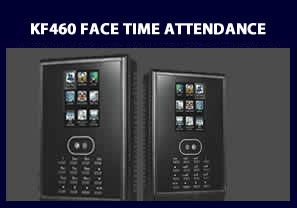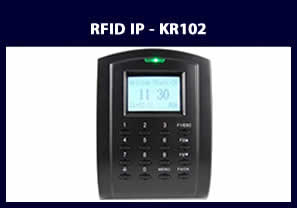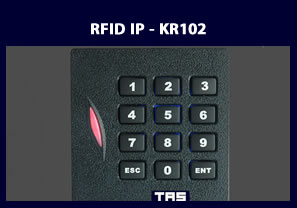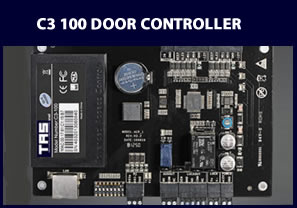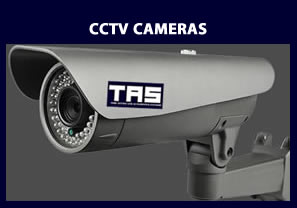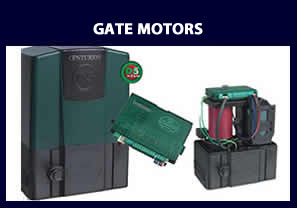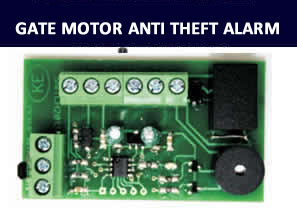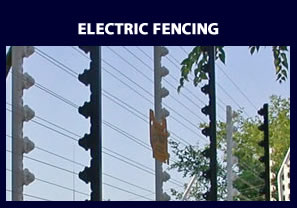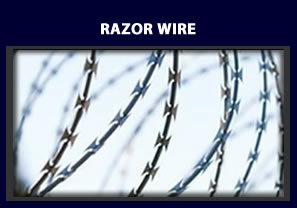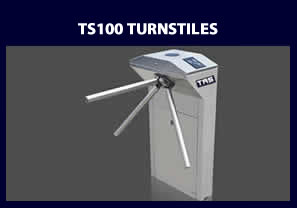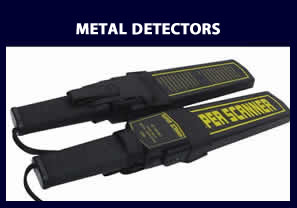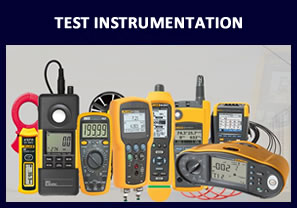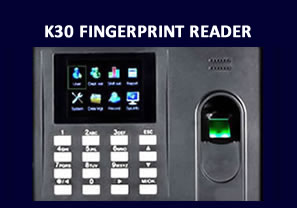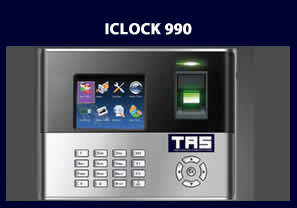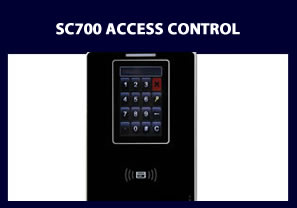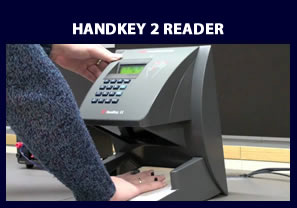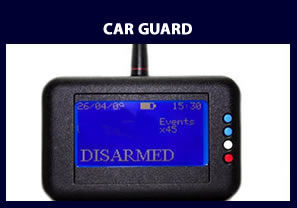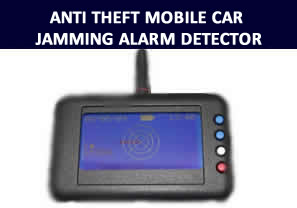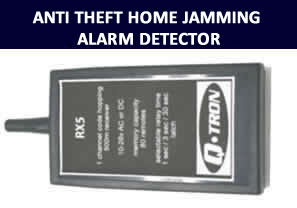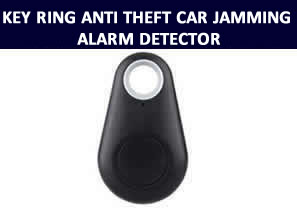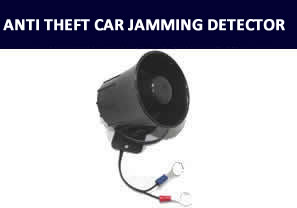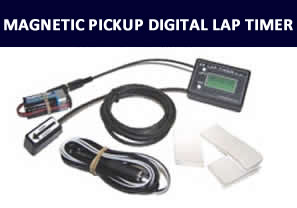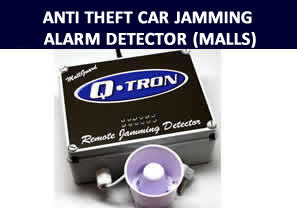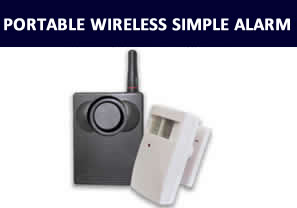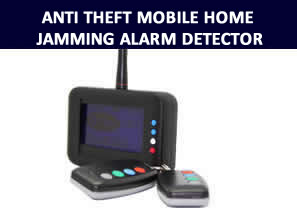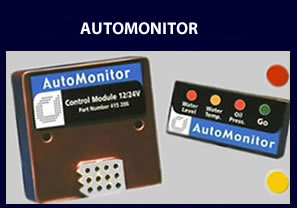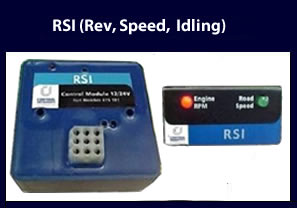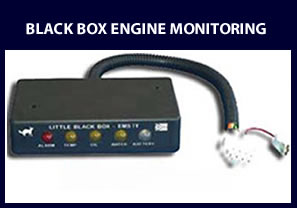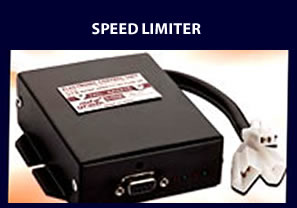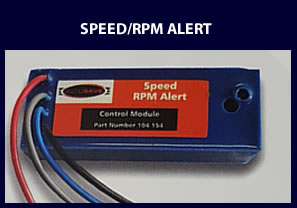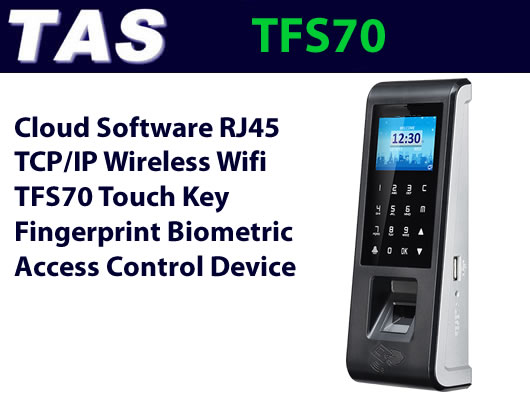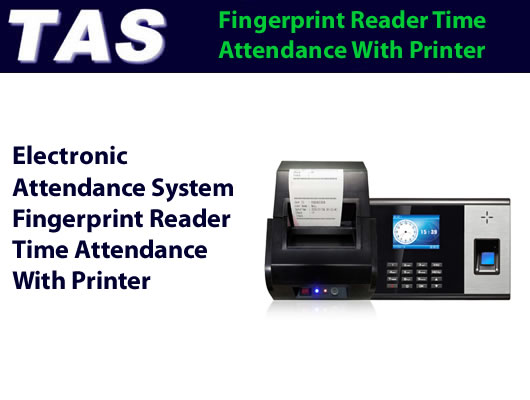ACCESS CONTROL |
- HOME
- SECURITY CONTROL
- ACCESS CONTROL
- TIME ATTENDANCE
- CLOCKING MACHINES
- FACIAL RECOGNITION SYSTEMS
- FINGERPRINT CLOCK IN MACHINES
- JOB COSTERS
- JAMMING DETECTORS
- DOOR LOCKS
- CCTV CAMERAS
-
AUTOMOTIVE
MENU - AUTOMOTIVE
- AUTO ELECRICAL
- GAUGES
- VDO GAUGES
- MARINE GAUGES
- SWITCHES & SENDERS
- PRESSURE SENDERS
- PRESSURE SWITCHES
- TEMPERATURE SENDERS
- TEMPERATURE SWITCHES
- HIGH LIFT JACK
- SPEEDOMETERS
- SHOCK ABSORBERS
- WARN WINCHES
- Industrial Gauges
- VISION LED LIGHTS
- SPEEDOMETER & GAUGE REPAIRS
- CONTACT US
Fingerprint Scanners
Fingerprint Scanner F16
Fingerprint Scanner F17
Fingerprint Scanner F18
Fingerprint Scanner X7
Fingerprint Scanner MA300
Fingerprint Scanners
Fingerprint Scanner (F16)
Fingerprint Scanner (F17)
Fingerprint Scanner (F18)
Fingerprint Scanner (X7)
Fingerprint Scanner (MA300)
Facial Recognition Systems
Facial Recognition (KF460)
Facial Recognition (MB600)
Fingerprint Reader
A fingerprint reader is a biometric device used to identify and authenticate an individual based on their unique fingerprint patterns. These devices capture and analyze the ridges and valleys on a person's fingertip to create a digital representation, which is then compared to stored fingerprint data for verification.
Fingerprint readers are widely used for their security, convenience, and reliability in various applications.
Why Choose Our Fingerprint Scanners?
Choosing the right fingerprint scanner is crucial for ensuring security, reliability, and user satisfaction. Here’s why our fingerprint scanners stand out from the competition:
Advanced Security Features
- High Accuracy: Our scanners utilize cutting-edge technology to provide highly accurate fingerprint recognition, minimizing false positives and false negatives.
- Encrypted Data Storage: Fingerprint data is stored with advanced encryption to protect against unauthorized access and breaches.
- Multi-Factor Authentication: Combine fingerprint scanning with other authentication methods (e.g., PIN, password, or smart card) for enhanced security.
Superior Technology
- State-of-the-Art Sensors: Our fingerprint scanners incorporate the latest sensor technologies, including optical, capacitive, and ultrasonic, to ensure precise and reliable performance.
- Fast Processing: Experience lightning-fast authentication speeds, enabling efficient access control even in high-traffic areas.
- Anti-Spoofing Mechanisms: Built-in features to detect fake fingerprints, ensuring only genuine fingerprints are accepted.
User-Friendly Design
- Intuitive Interface: Designed with the user in mind, our scanners offer an intuitive and straightforward interface for easy operation.
- Ergonomic Design: Compact and ergonomic designs ensure comfort and ease of use, whether for individual or enterprise applications.
- Seamless Integration: Easily integrate our scanners with existing systems and software, reducing setup time and compatibility issues.
Reliability and Durability
- Robust Construction: Built to withstand heavy use and harsh conditions, our fingerprint scanners are durable and reliable.
- Consistent Performance: Maintain high performance across various environmental conditions, including extreme temperatures and varying light conditions.
- Low Maintenance: Designed for minimal maintenance, reducing downtime and operational costs.
Customization and Scalability
- Customizable Solutions: Tailor our fingerprint scanners to meet your specific needs with customizable features and configurations.
- Scalable Systems: Suitable for small businesses to large enterprises, our solutions can scale to accommodate growing user bases and expanding security requirements.
Exceptional Support and Service
- Comprehensive Support: Our dedicated support team is available to assist with installation, troubleshooting, and ongoing maintenance.
- Training and Resources: Access extensive resources and training materials to help you get the most out of our fingerprint scanners.
- Warranty and Guarantees: Benefit from our industry-leading warranty and satisfaction guarantees, ensuring peace of mind with your investment.
Competitive Pricing
- Cost-Effective Solutions: We offer competitive pricing without compromising on quality, providing excellent value for your investment.
- Flexible Pricing Models: Choose from various pricing models to fit your budget and financial planning, including outright purchase, leasing, or subscription options.
Proven Track Record
- Industry Recognition: Trusted by leading organizations across various industries, our fingerprint scanners have a proven track record of success.
- Customer Satisfaction: High customer satisfaction rates reflect our commitment to quality and service excellence.
Future-Ready
- Regular Updates: Benefit from regular software and firmware updates, ensuring your scanners are always up-to-date with the latest features and security enhancements.
- Innovation Focus: We continually invest in research and development to bring innovative solutions to the market, keeping you ahead of emerging security threats.
Choosing our fingerprint scanners means investing in a solution that prioritizes security, accuracy, and user satisfaction. Our advanced technology, user-friendly design, and exceptional support make us the ideal partner for your biometric security needs.
Fingerprint Scanners
A direct fingerprint scanner (DFS), also called a fingerprint scanner or fingerprint reader, is a biometrics device that uses automated methods of recognizing a person based on unique physical characteristics of a person's fingerprint. It works by capturing the reflected light of the fingerprint through the OLED pixels. So, when you touch the screen, the display lights up to illuminate the fingerprint. The sensor then captures a high-res scan of your fingerprint through the light reflected from the gaps between the pixels.
A fingerprint scanner performs a very basic function: it takes an image of your fingertip and compares it against the data of a previously scanned fingerprint. If the two match, then security is granted.
Our Access control fingerprint scanner products are the best in the world, we offer fingerprint scanner products for access control and time attendance solution.
Our fingerprint scanner products range from:
Fingerprint Scanners - Time and Attendance

Fingerprint scanners products
ACCESS CONTROL - F16 FINGERPRINT READER
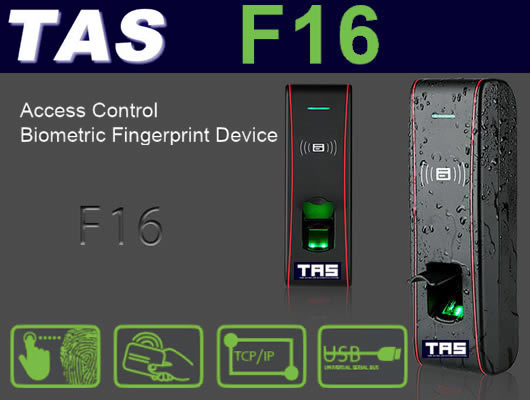
ACCESS CONTROL - F16 FINGERPRINT READER
Biometric Access Control Systems
ACCESS CONTROL - F17 FINGERPRINT SCANNER
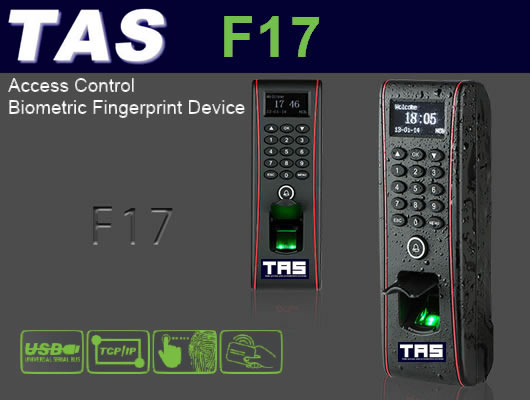
ACCESS CONTROL - F17 FINGERPRINT SCANNER
Biometric Access Control Systems
ACCESS CONTROL - F18 FINGERPRINT SCANNER
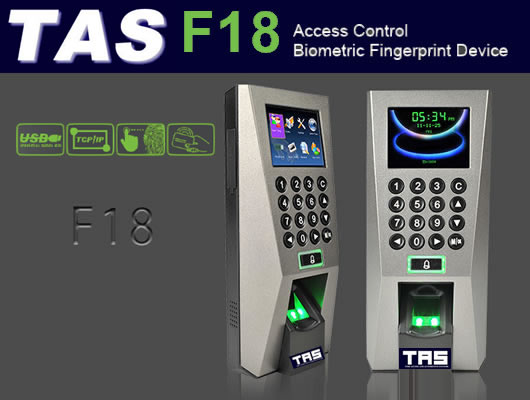
ACCESS CONTROL - F18 FINGERPRINT SCANNER
Biometric Access Control Systems
ACCESS CONTROL - X7 FINGERPRINT SCANNER
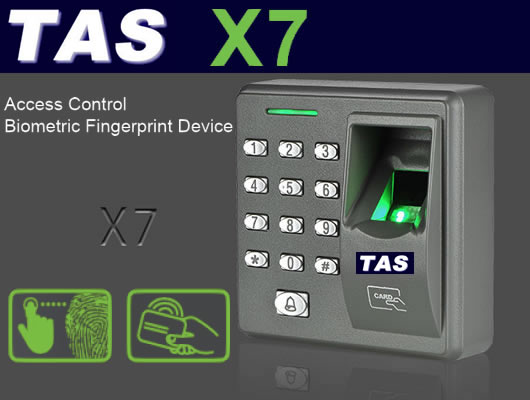
ACCESS CONTROL - X7 FINGERPRINT SCANNER
Biometric Access Control Systems
ACCESS CONTROL - MA300 FINGERPRINT SCANNER
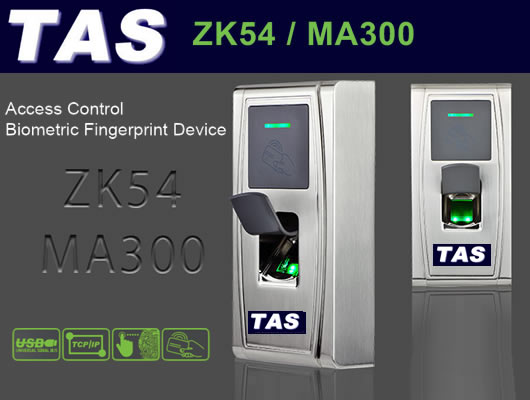
ACCESS CONTROL - MA300 FINGERPRINT SCANNER
Biometric Access Control Systems
ACCESS CONTROL - ICLOCK FINGERPRINT SCANNER
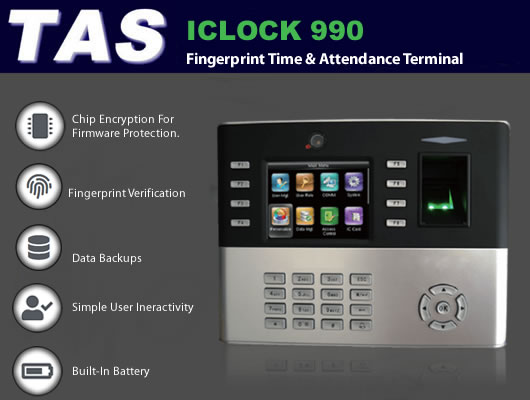
ACCESS CONTROL - ICLOCK 990 FINGERPRINT SCANNER
Biometric Fingerprint SCANNER
ACCESS CONTROL - TFS50 FINGERPRINT SCANNER
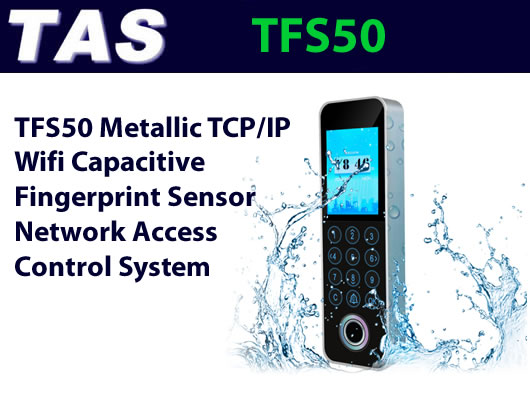
TFS50 Biometric Fingerprint Reader
Biometric Fingerprint SCANNER
ACCESS CONTROL - TFS90 FINGERPRINT SCANNER
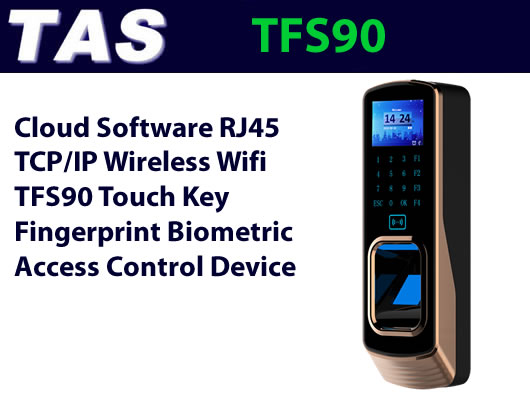
TFS90 Biometric Fingerprint Scanner
Biometric Fingerprint Scanners
ACCESS CONTROL - TFS28 FINGERPRINT SCANNER
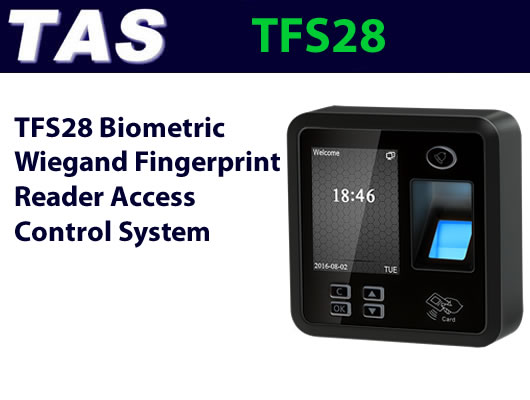
TFS28 Biometric Fingerprint Scanner
Biometric Fingerprint Scanners
ACCESS CONTROL - TFS30 FINGERPRINT SCANNER
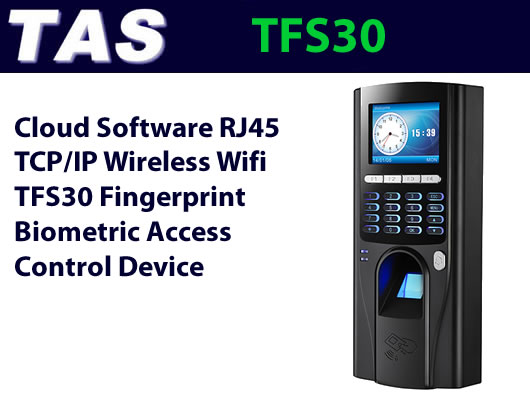
TFS30 Biometric Fingerprint Scanner
Biometric Fingerprint ScannerS
ACCESS CONTROL - TM20 FINGERPRINT SCANNER
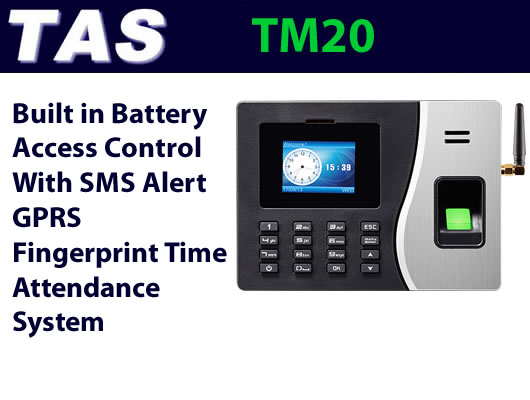
TM20 Biometric Fingerprint Scanner
Biometric Fingerprint Scanners
ACCESS CONTROL - TM30 FINGERPRINT SCANNER
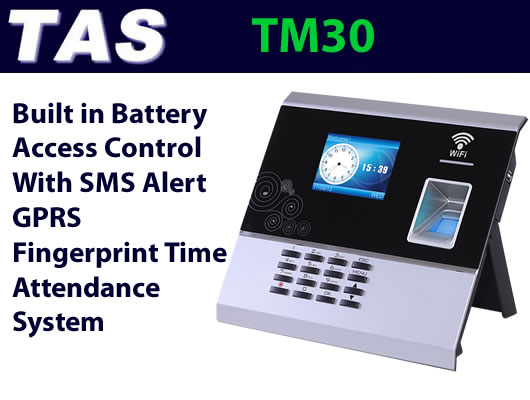
TM30 Biometric Fingerprint Scanner
Biometric Fingerprint Scanners
ACCESS CONTROL - TM52 FINGERPRINT SCANNER
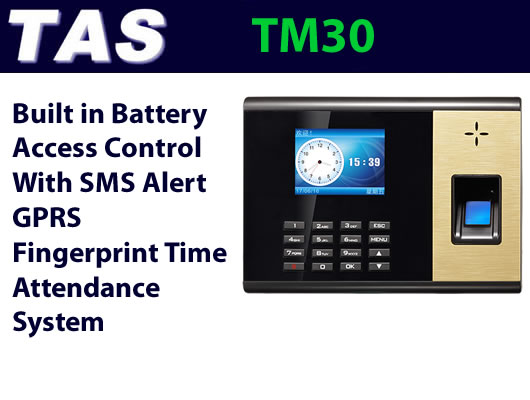
TM52 Biometric Fingerprint Scanner
Biometric Fingerprint Scanners
ACCESS CONTROL - TM58 FINGERPRINT SCANNER
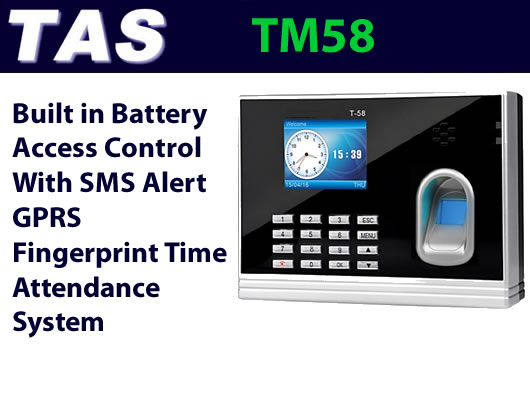
TM58 Biometric Fingerprint Scanner
Biometric Fingerprint Scanners
ACCESS CONTROL - TM60 FINGERPRINT READER
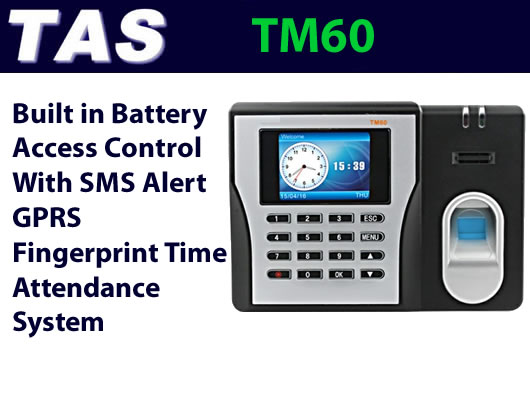
TM60 Biometric Fingerprint Scanner
Biometric Fingerprint Scanners
ACCESS CONTROL - TM70 FINGERPRINT SCANNER
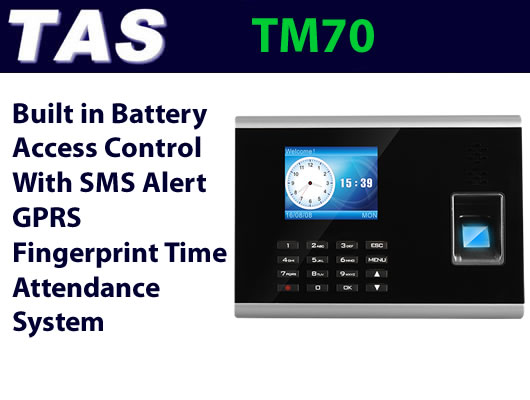
TM70 Biometric Fingerprint Scanner
Biometric Fingerprint Scanners
ACCESS CONTROL - TM90 FINGERPRINT SCANNER
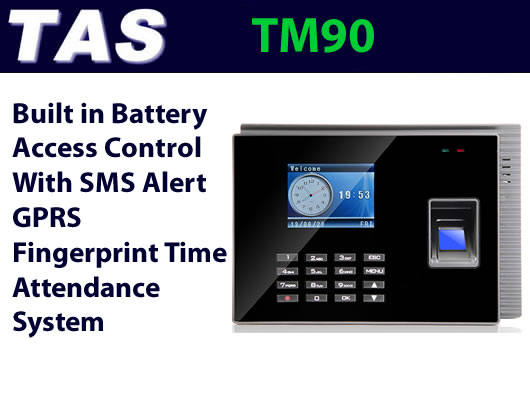
TM90 Biometric Fingerprint Scanner
Biometric Fingerprint Scanners
ACCESS CONTROL - TM1100 FINGERPRINT SCANNER
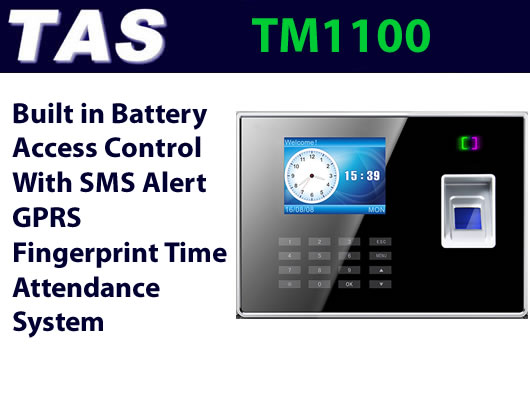
TM1100 Biometric Fingerprint Scanner
Biometric Fingerprint Scanners
ACCESS CONTROL - TM1000 FINGERPRINT SCANNER
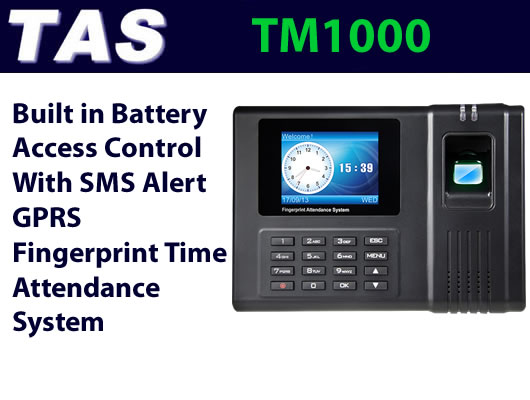
TM1000 Biometric Fingerprint Scanner
Biometric Fingerprint Scanners
ACCESS CONTROL - TM50 FINGERPRINT SCANNER
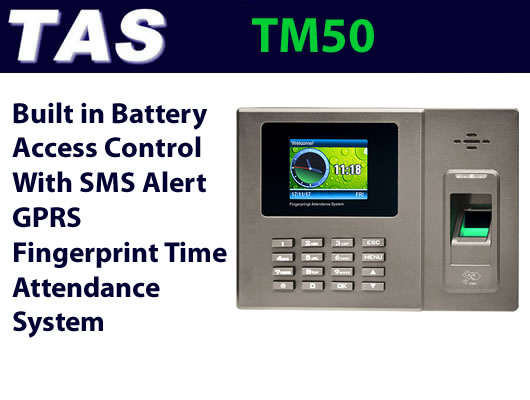
TM50 Biometric Fingerprint Scanner
Biometric Fingerprint Scanners
ACCESS CONTROL - TM51 FINGERPRINT SCANNER
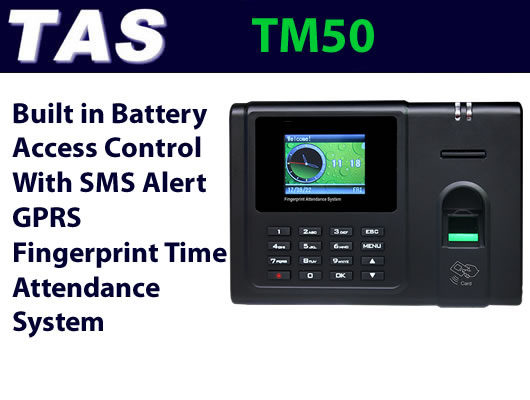
TM51 Biometric Fingerprint Scanner
Biometric Fingerprint Scanners
ACCESS CONTROL - TM8000 FINGERPRINT SCANNER
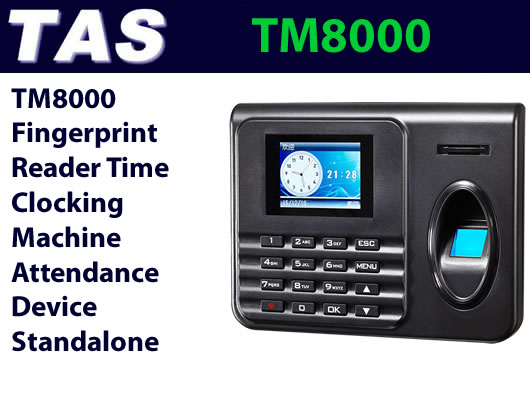
TM8000 Biometric Fingerprint Scanner
Biometric Fingerprint Scanners
ACCESS CONTROL - TM1800 FINGERPRINT SCANNER
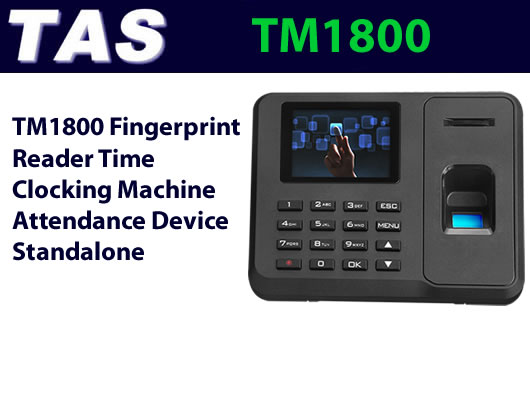
TM1800 Biometric Fingerprint Scanner
Biometric Fingerprint Scanners
ACCESS CONTROL - TM2800 FINGERPRINT SCANNER
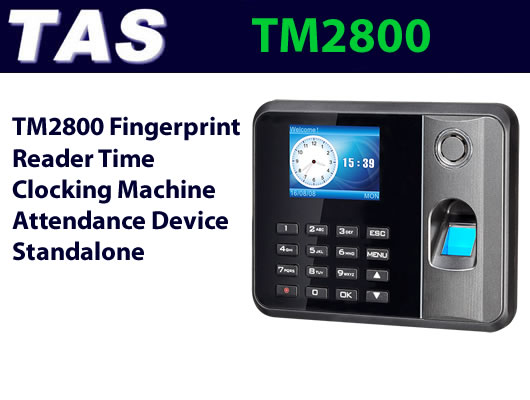
TM2800 Biometric Fingerprint Scanner
Biometric Fingerprint Scanners
ACCESS CONTROL - TM3800 FINGERPRINT SCANNER
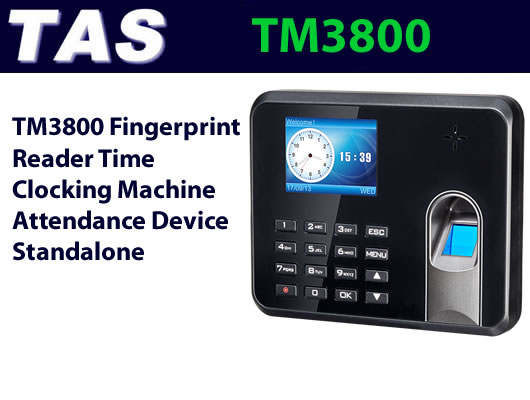
TM3800 Biometric Fingerprint Scanner
Biometric Fingerprint Scanners
ACCESS CONTROL - TM4800 FINGERPRINT SCANNER
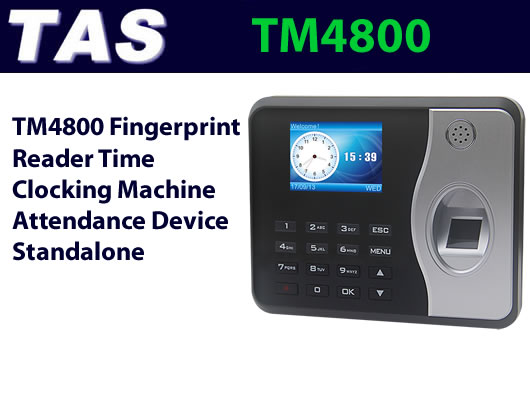
TM4800 Biometric Fingerprint Scanner
Biometric Fingerprint Scanners
ACCESS CONTROL - TAS10 FINGERPRINT SCANNER
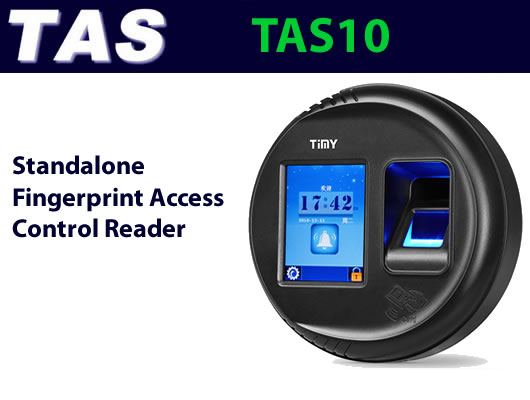
TAS10 Biometric Fingerprint Scanner
Biometric Fingerprint Scanners
ACCESS CONTROL - TFS12A FINGERPRINT SCANNER
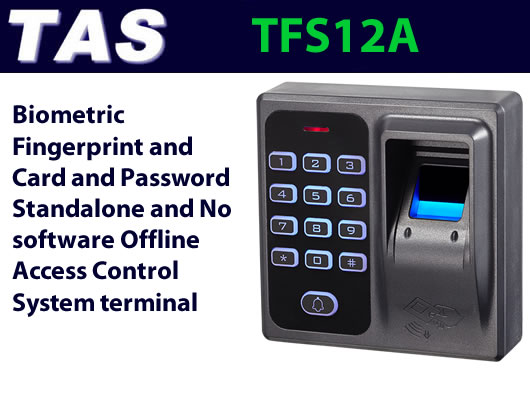
TFS12A Biometric Fingerprint Scanner
Biometric Fingerprint Scanners
ACCESS CONTROL - TFS18 FINGERPRINT SCANNER
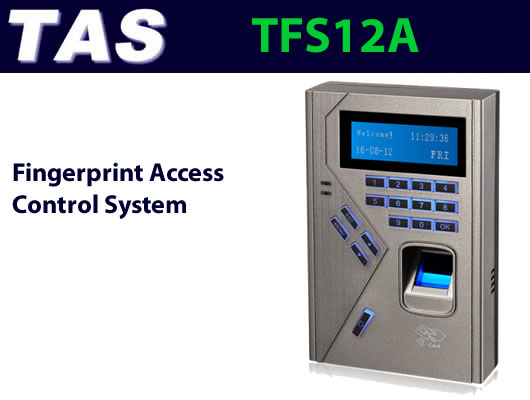
TFS18 Biometric Fingerprint Scanner
Biometric Fingerprint Scanners
ACCESS CONTROL - TFS16 FINGERPRINT SCANNER
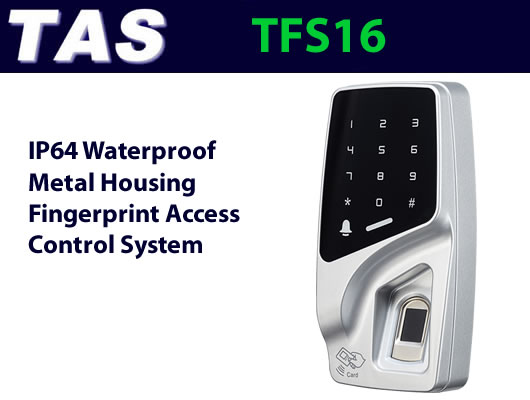
TFS16 Biometric Fingerprint Scanner
Biometric Fingerprint Scanners
ACCESS CONTROL - TFS10 FINGERPRINT SCANNER
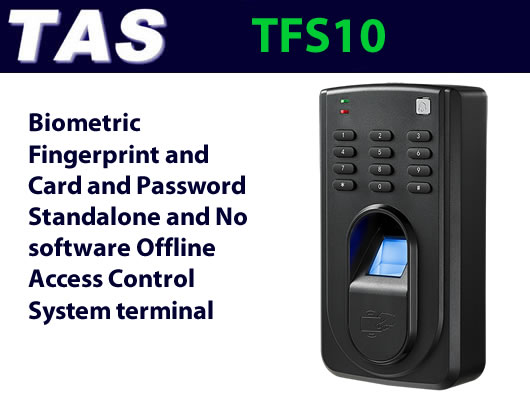
TFS10 Biometric Fingerprint Scanner
Biometric Fingerprint Scanners
ACCESS CONTROL - U5000 Fingerprint Scanner
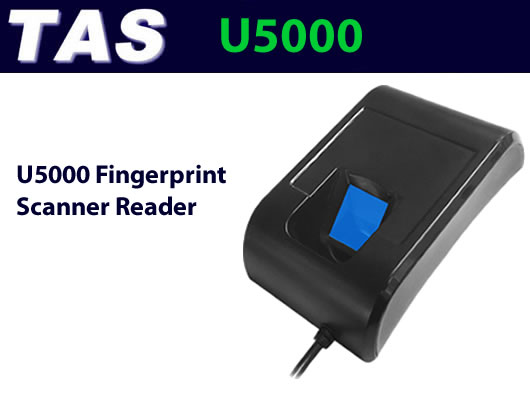
U5000 Biometric Fingerprint Reader
Biometric Fingerprint Scanners
ACCESS CONTROL - U6000 Fingerprint Scanner
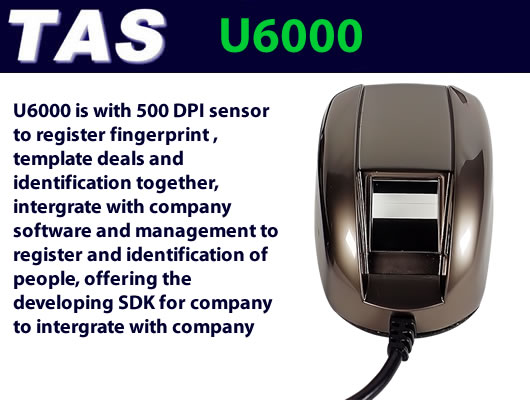
U6000 Biometric Fingerprint Scanner
Biometric Fingerprint Scanners
ACCESS CONTROL - B809 Fingerprint Scanner
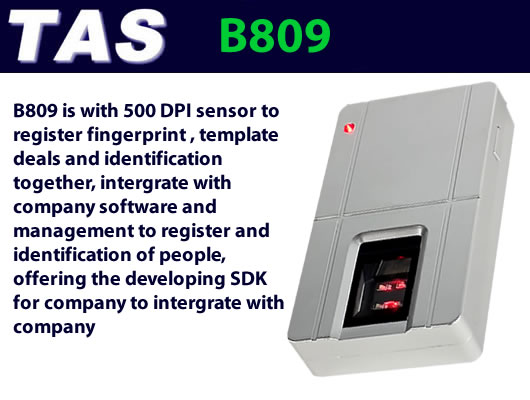
B809 Biometric Fingerprint Scanner
Biometric Fingerprint Scanners
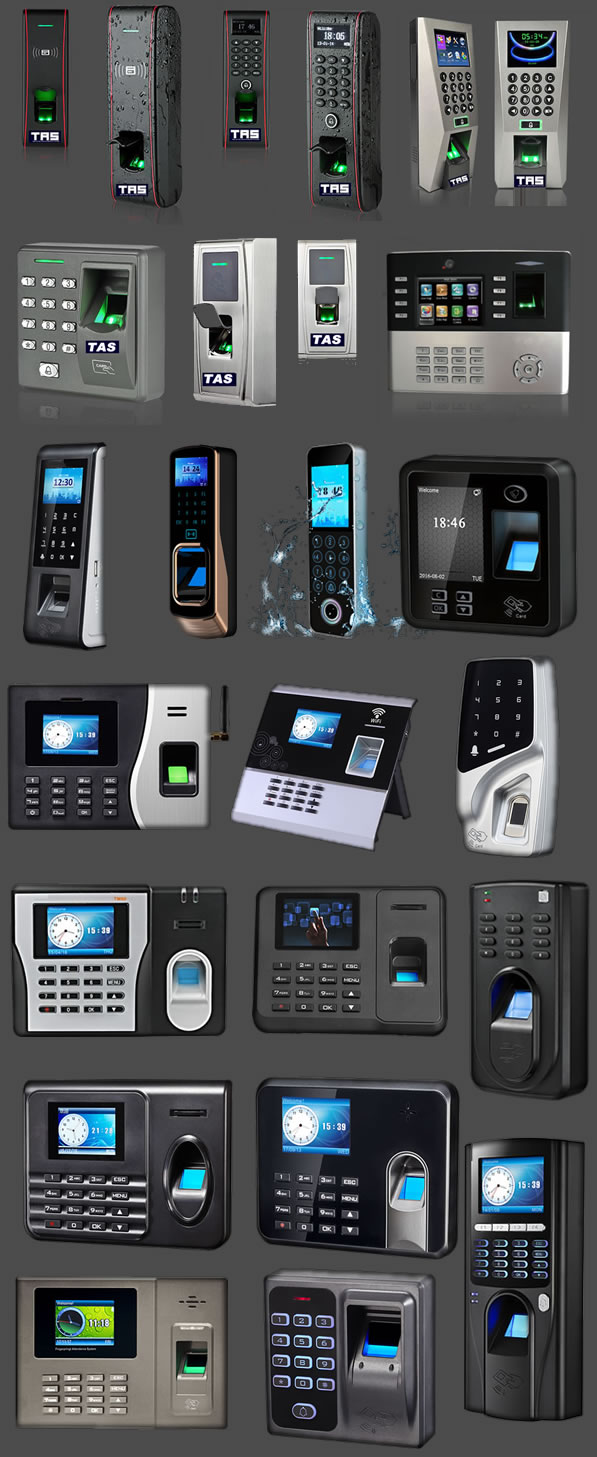 |
Fingerprint ScannersA fingerprint scanner, also known as a fingerprint reader or fingerprint sensor, is a biometric device used to capture and analyze the unique patterns of ridges and valleys on an individual's fingertip for the purposes of identification and authentication fingerprint scanners are integral to modern security systems, offering a balance of security, convenience, and reliability. Components and Functionality1. Sensor: The primary component that captures the fingerprint image. Different types include:
2. Processor: Converts the captured image into a digital template and performs the matching process by comparing the new scan with stored templates.3. Storage: Stores the digital templates of fingerprints, either locally on the device or in an external database.4. Interface: Connects the fingerprint scanner to other systems or devices, often via USB, Bluetooth, or wireless connections.Working Mechanism
Applications
Advantages
Considerations
|
|
OTHER WEBSITES

Access Control Website
biometricsaccesscontrol.co.za
Time Access Website
timeaccessandautomotive.co.za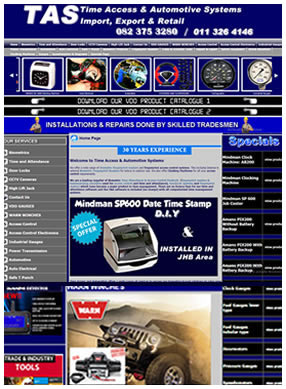
Time and Automotive
t-a-s.co.za
Time Access and Automotive
t-a-s.co.zaBRANDS


